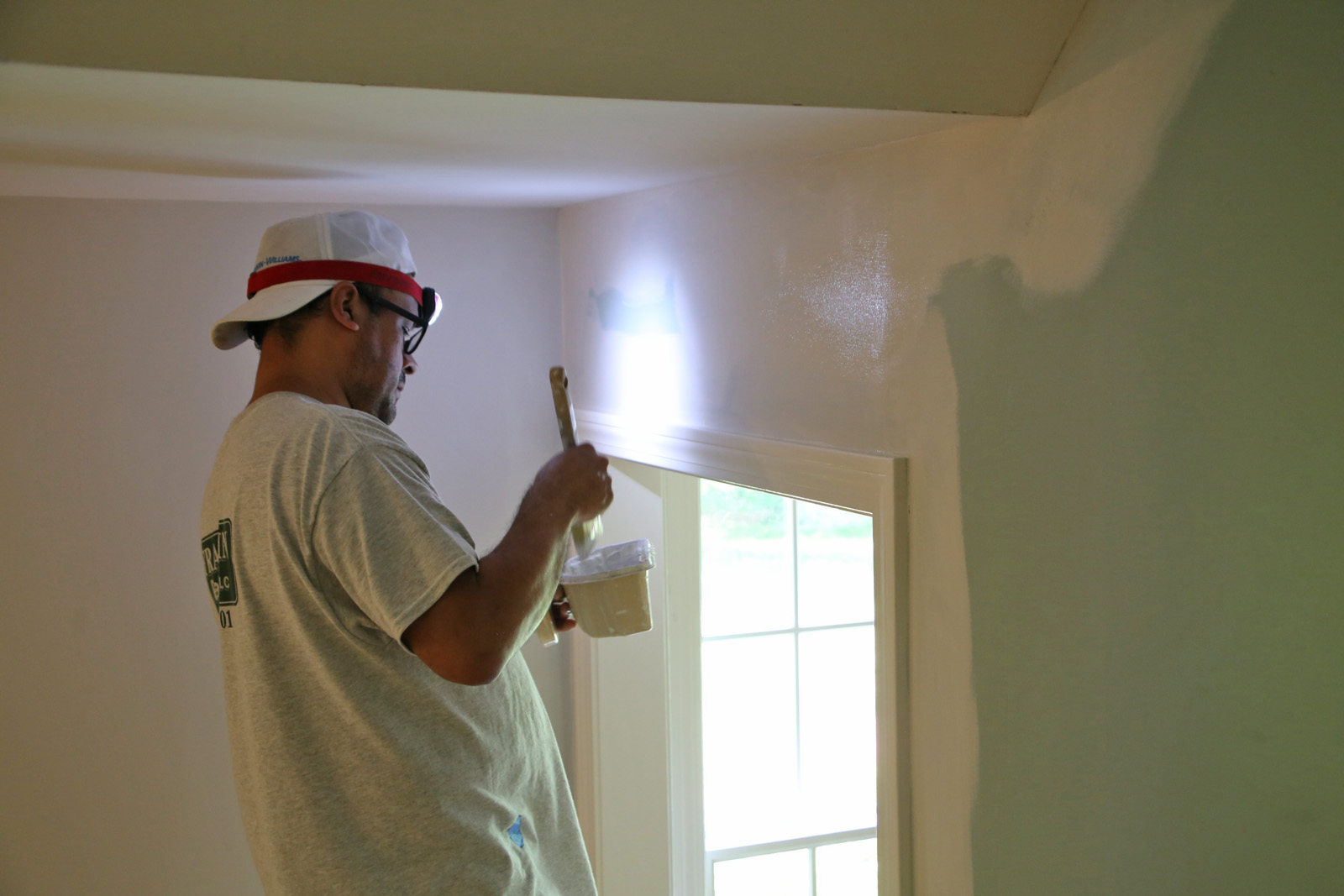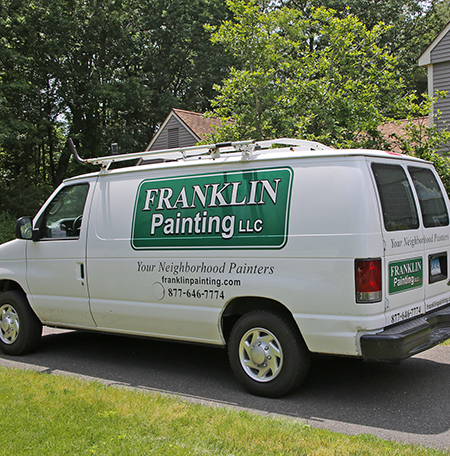Will Paint Fix it?
When planning your home interior painting project, you may notice imperfections on the walls like tiny nail holes where you removed artwork, nail pops, cracks, and other flaws. Painting won’t fix these issues and may even expose them even more. The pros recommend repairing wall defects before painting. It can be a tedious process, especially if the surface is rough, but skipping this critical step can lead to undesirable results.
 Important Painting Steps
Important Painting Steps
Cleaning the surface: The most important step before painting is starting with a clean surface. Painting may hide some stains, but depending on your color choice, it might highlight them even more. Wipe the walls with a sponge and warm water to remove any dirt, dust, or other stains on the surface. A mild detergent can also be used for stubborn stains.
Finding hidden wall flaws: Sometimes, there are imperfections in the wall that are difficult to spot until the right time of day shines a light on them, or they make a sudden appearance after the paint dries. So, it’s worth your while to make an effort to find and repair them. An easy way to do this is to darken the room and scan the wall up-close with a flashlight. Mark the flaws you spot like nail holes, cracks, torn paper, etc. with a piece of painter’s tape and repair them before your paint.
Removing nail pops: Nail pops can occur in any home but are more frequent in older properties. They usually happen when the studs in the wall expand and contract. The movement pushes the nails outward. You can fix the problem by inserting a 1-1/4” drywall screw into the wall about two inches above or below the nail pop. Then you can remove the popped nail and fill the void with drywall joint compound.
Wall cracks: Cracks in the walls is another common problem in many homes that are settling. Remove any debris around the cracks with 100-grit sandpaper. If the cracks are small, less than ¼”, widen the cracks just a bit with a 5-in-1 painter’s tool. Then run over the area with your sandpaper to smooth out the rough surfaces. Then, spread a thin coat of patching material with a putty knife over the surface cracks and wait for it to dry. Be sure to remove any dust or debris from the cracks before applying the material. When the patch is dry, wipe the patched area with 220-grit sandpaper to smooth out the surface.
Sand the surface: If you notice any other rough spots on the wall, use sandpaper to smooth it.
 Hire a Painting Professional
Hire a Painting Professional
Hiring a professional home painting contractor can save you time and money in frustration. They will give you their best recommendations based on real-world experience for repairing wall imperfections that will yield the impressive results you expect. There are also faux painting techniques to create patterns and textures that will mask small imperfections by incorporating them into the design.
Contact Franklin Painting LLC today!
Main Phone: 860-678-7701
Toll Free : 877-646-7774








